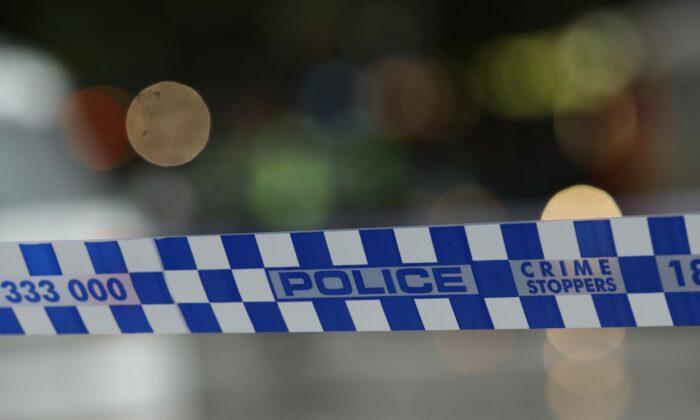A pilot was forced to ditch his light aircraft into trees near a NSW airstrip after deciding to turn back amid rough weather.
The pilot and one passenger suffered serious injuries and the Cessna 172 was extensively damaged in the March incident, and this week Australia’s transport safety watchdog released a report into the crash.
There was turbulence not long after take-off from the private airstrip at Canyonleigh, southwest of Sydney.
“The pilot and passenger assessed it was ‘not going to be a relaxing time to go for a fly’, and decided to terminate the flight,” The ATSB report said.
Flying about 120 metres above steep and forested terrain, the pilot made a turn to land and the situation worsened.
“The pilot reported that the turbulence became ’very severe' and the aircraft pitched up steeply.
“The pilot initially decided to conduct a go-around manoeuvre, but after correcting ... realised that the aircraft was far lower than expected, and no longer aligned with the runway.”
The aircraft’s wheels brushed the treetops downhill from the runway.
“Uncertain whether the aircraft would be able to climb over the (tree) canopy to the runway, the pilot elected to reduce power and land in the trees.”
Emergency crews attended the crash site on Tugalong Road and took the pilot and passenger to hospital.
Subsequent investigations found wind gusts would have been about 30 knots (55km/h) at the time.
The pilot, who had landed at the airfield about 50 times previously, said the turbulence was likely due to atmospheric “mountain waves” over inclined terrain, which other pilots had experienced while using the airstrip.





